20TH JULY 2024
RECORD 20
THE 2000S BOLLYWOOD ROMCOMS AND KAREENA KAPOOR AS THEIR PRINCESS
(AT LEAST, IN MY VIEW)
In their book Global Bollywood, Anandam P. Kavoori and Aswin Punathambekar say that dil se (translates as from the heart in English) describes the nature of Bollywood films with its moods, music and plot twists. Sometimes too naive and sometimes too dramatic, but this genre that became a phenomenon with a global following started in the 1990s and continued in the 2000s stayed true to this expression. It is a shame just to mention a few of them, and most of them would be overlapping with a film list that was previously published in our blog. But just with a limitations of the reading time for this piece I will just focus on few and will be looking mostly as romcoms that are set in present.
![KAREENA KAPOOR IN YAADEIN (2001)]()
Having more similarities with Puccini’s operas and Moliere’s comedies than globally beloved Holiday (2006), Love Actually (2003) or Clueless (1995), each movie tries different hats with the tone of the stories being told whether inspired or implying that it could have been a thriller like with Aitraaz (2004) or a road-trip movie like in Jab We Met (2007), or an action film like with Talaash: The Hunt Begins (2003). A specialty known to masala movies that is exclusive and loved by their home audience, diasporas abroad and foreigners, which has its history before Shah Rukh Khan’s first film. And they all have one thing in common, which is Kareena Kapoor as a lead female character (or a supporting lead in Kabhi Khushi Kabhie Gham (2001). But wait, she is more of a lead in the film’s part two!).
![HOLIDAY (2006)]()
![LOVE ACTUALLY (2003)]()
![CLUELESS (1995)]()
![AITRAAZ (2003)]()
![JAB WE MET (2007)]()
![TALAASH: THE HUNT BEGINS (2003)]()
![KABHI KUSHI KABHIE GHAM (2001)]()
Being born into an Indian film dynasty, Kareena started acting at 19 and quite soon reached an immense celebrity status, being mostly famous for romcoms while starred in some drama films too. Kapoor’s romcom characters are quite often home-bred and loved girls who are quite often implied to be angelic, unlike Priyanka Chopra Jonas’s, in this case; or another heiress, Kajol, a symbol of the 1990s romcoms, whose characters quite often follow the trope of a girl next door with a bad karma as not nice things happen to her or a provincial one that is never good enough to marry whom she loves. Yet Kapoor is luckier that in the noughties the formula of Bollywood romcom genre is mastered to be called its golden era (by many). Every other now and then Vogue India throws an article about a list of favourite romcoms or best meetcutes in romcoms, or why they don’t do romcoms like this anymore. Indeed, it comes across that tables have turned and the top genre is reigned with criminal or action movies talking about life beyond these films (with films like Flying Punjab (2016) or RRR (which is a Telugu-language film) or Laal Singh Chaddha (2022)).
![PRIYANKA CHOPRA JONAS]()
![KAJOL]()
Although, the 2000s romcoms do challenge some traditional questions at stake that used to be perceived as a tragical plot twist with no hope and happy end (hence my reference to Puccini’s oeuvre). Isha and Ronit (in Yaadein (2001)) risk everything and fight for their life across their socio-economical background to be together to prove that love saves the day in the end. As some sort of homage to the big breakthrough in Indian most known romcom Kabhi Khushi Kabhie Gham (2001), where they practically do the same seeking acceptance in the older generation for choosing love over family expectations. In fact, there was whole new generations and audience to appeal to, who like Pooja and Isha (both played by Kapoor) grew up abroad, in the UK or Canada to name a few, and was exposed to a different environment to their parents’.
![YAADEIN (2001)]()
![KABHI KHUSHI KABHIE GHAM (2001)]()
But the first comes first, the aspect that drew my attention to bingewatch and get obsessed for sometime over the 2000s Indian romcoms (mostly Bollywood ones) is the cinematic tools these films are made with. Pretty much each single one of them swipes you over with enormous work that is done for sets, amazing musical numbers and costumes, that quite often also blows your mind in the ways they reference Western culture. The camera angles that slide from Dutch angle into a full on insta-story format in Aitraaz (2003) and the dancing numbers on the dances floor (here is referencing Disco Dancer (1982) I suppose that references Saturday Night Fever (1977) with Travolta). Or crazy locations all around the world as in Kaho Naa Pyaar Hai (2000) or Talaash: The Hunt Begins (2003). And in some cases you have a romcom hiding under a veil of a drama, as with The Honeymoon Travels Pvt. Ltd. (2007) dir. by Reema Kagti with not one but a group of romantic couples that deal with their relationship challenges and dive in their romantic scenarios and dreams, with a full-on Bollywood-scale sets.
![AITRAAZ (2004)]()
![DISCO DANCER (1982)]()
![SATURDAY NIGHT FEVER (1977)]()
![KAHO NAA PYAAR HAI (2000)]()
![TALAASH: THE HUNT BEGINS (2003)]()
![THE HONEYMOON TRAVELS PVD. LTD. (2007)]()
Coming back to a craft of being Indian actor and actress that takes it, with all challenges of mastering dancing, acting (and lip-syncing, which I’m totally serious about). The fandom over each romcom actor and actress grew strongly and bigger than it is possible to imagine. Besides the expected straight love stories and daydreaming romantic girls, many Bollywood stars had (and presumably still has) a big gay following, as Anandam P. Kavoori and Aswin Punathambekar say in their book, especially in what is know for Mumbai area. The idols (as I’m guessing it would be a more accurate term to describe it and compare to a following that Korean and Japanese performers have today) did noticeably build a certain tropes that easily lay from their present-day-set films onto period dramas that hugely succeeded in the box offices globally, attracting audiences beyond South Asian heritage ones (such as Jodhaa Akbar (2008) and Asoka (2001)).
![JOGHAA AKBAR (2008)]()
![ASOKA (2001)]()
Looping back to Global Bollywood’s quote, it is quite symbolic that one of the last films depicting mechanisms of the 2000s Bollywood film is titled as Dil Dhadkne Do (2015), which translates as let the heart beat. Are Indian romcoms the heart of the Indian films? In his memoir Bollywood State of Mind, Sunny Singh describes his cultural code in ways how a Bollywood filmmaking can be a life experience and his disconnection from his cinephile peers when he moved to live abroad in Western countries, with them seeing Indian cinema only through Satyajit Ray’s films (which are in his perspective sometimes more translate and are known for some European New Wave approaches). I really like both, as a foreigner, but, perhaps, as said by Marc Augé, there is always something lost in translation.
RECORD 20
THE 2000S BOLLYWOOD ROMCOMS AND KAREENA KAPOOR AS THEIR PRINCESS
(AT LEAST, IN MY VIEW)
In their book Global Bollywood, Anandam P. Kavoori and Aswin Punathambekar say that dil se (translates as from the heart in English) describes the nature of Bollywood films with its moods, music and plot twists. Sometimes too naive and sometimes too dramatic, but this genre that became a phenomenon with a global following started in the 1990s and continued in the 2000s stayed true to this expression. It is a shame just to mention a few of them, and most of them would be overlapping with a film list that was previously published in our blog. But just with a limitations of the reading time for this piece I will just focus on few and will be looking mostly as romcoms that are set in present.

Having more similarities with Puccini’s operas and Moliere’s comedies than globally beloved Holiday (2006), Love Actually (2003) or Clueless (1995), each movie tries different hats with the tone of the stories being told whether inspired or implying that it could have been a thriller like with Aitraaz (2004) or a road-trip movie like in Jab We Met (2007), or an action film like with Talaash: The Hunt Begins (2003). A specialty known to masala movies that is exclusive and loved by their home audience, diasporas abroad and foreigners, which has its history before Shah Rukh Khan’s first film. And they all have one thing in common, which is Kareena Kapoor as a lead female character (or a supporting lead in Kabhi Khushi Kabhie Gham (2001). But wait, she is more of a lead in the film’s part two!).



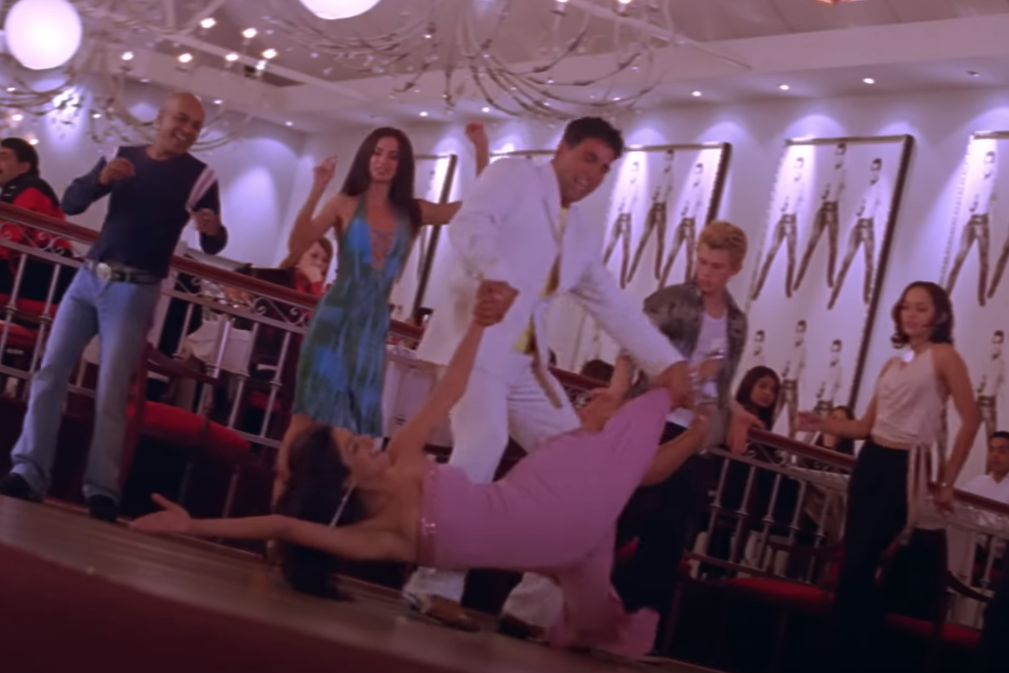
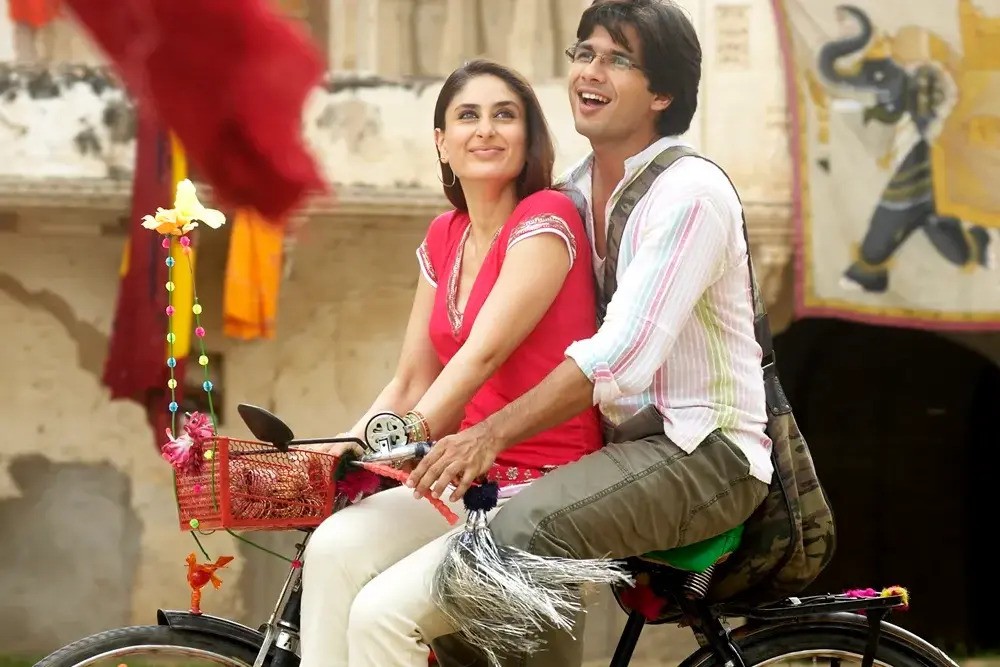

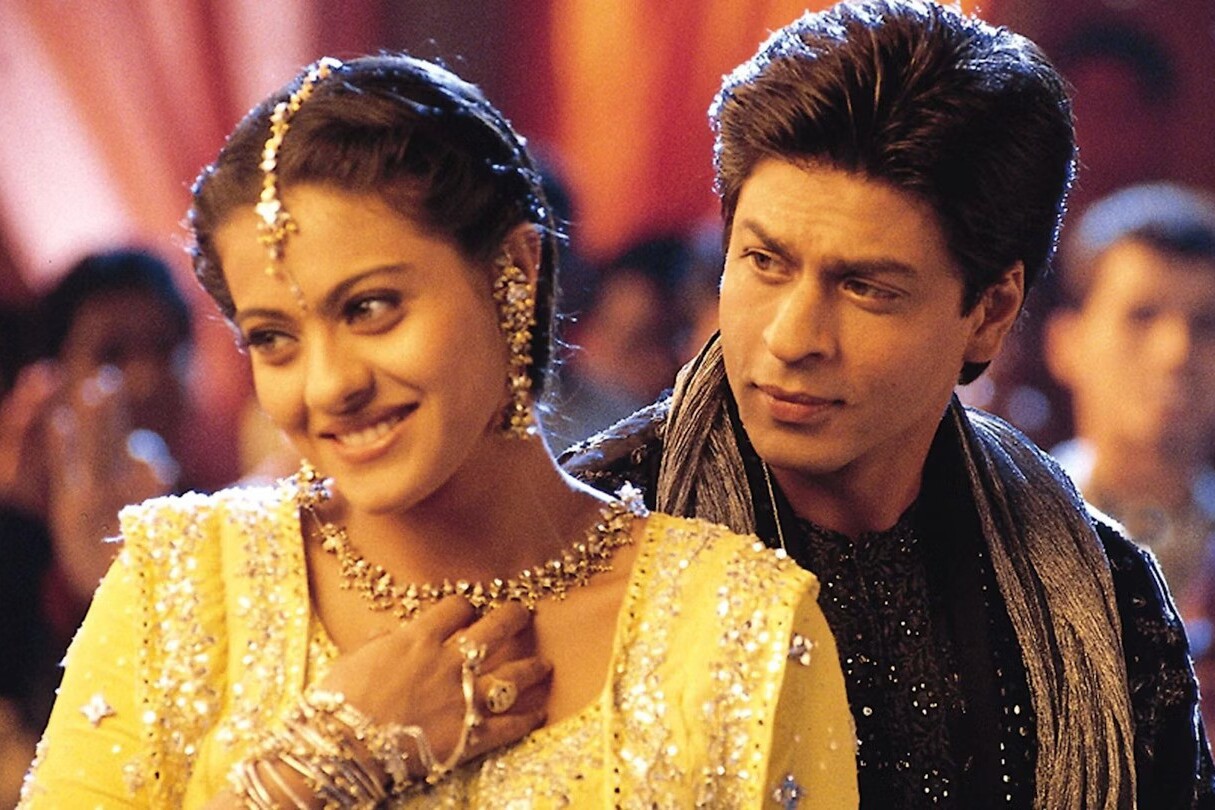
Being born into an Indian film dynasty, Kareena started acting at 19 and quite soon reached an immense celebrity status, being mostly famous for romcoms while starred in some drama films too. Kapoor’s romcom characters are quite often home-bred and loved girls who are quite often implied to be angelic, unlike Priyanka Chopra Jonas’s, in this case; or another heiress, Kajol, a symbol of the 1990s romcoms, whose characters quite often follow the trope of a girl next door with a bad karma as not nice things happen to her or a provincial one that is never good enough to marry whom she loves. Yet Kapoor is luckier that in the noughties the formula of Bollywood romcom genre is mastered to be called its golden era (by many). Every other now and then Vogue India throws an article about a list of favourite romcoms or best meetcutes in romcoms, or why they don’t do romcoms like this anymore. Indeed, it comes across that tables have turned and the top genre is reigned with criminal or action movies talking about life beyond these films (with films like Flying Punjab (2016) or RRR (which is a Telugu-language film) or Laal Singh Chaddha (2022)).
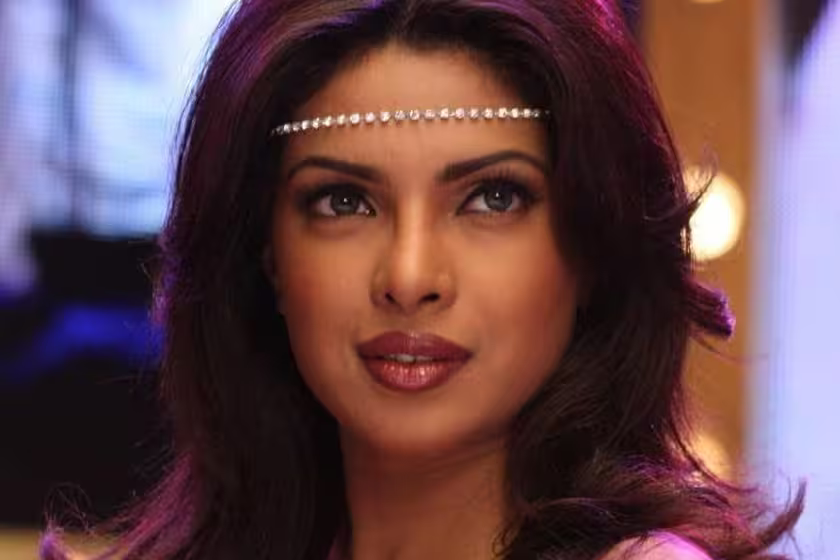

Although, the 2000s romcoms do challenge some traditional questions at stake that used to be perceived as a tragical plot twist with no hope and happy end (hence my reference to Puccini’s oeuvre). Isha and Ronit (in Yaadein (2001)) risk everything and fight for their life across their socio-economical background to be together to prove that love saves the day in the end. As some sort of homage to the big breakthrough in Indian most known romcom Kabhi Khushi Kabhie Gham (2001), where they practically do the same seeking acceptance in the older generation for choosing love over family expectations. In fact, there was whole new generations and audience to appeal to, who like Pooja and Isha (both played by Kapoor) grew up abroad, in the UK or Canada to name a few, and was exposed to a different environment to their parents’.


But the first comes first, the aspect that drew my attention to bingewatch and get obsessed for sometime over the 2000s Indian romcoms (mostly Bollywood ones) is the cinematic tools these films are made with. Pretty much each single one of them swipes you over with enormous work that is done for sets, amazing musical numbers and costumes, that quite often also blows your mind in the ways they reference Western culture. The camera angles that slide from Dutch angle into a full on insta-story format in Aitraaz (2003) and the dancing numbers on the dances floor (here is referencing Disco Dancer (1982) I suppose that references Saturday Night Fever (1977) with Travolta). Or crazy locations all around the world as in Kaho Naa Pyaar Hai (2000) or Talaash: The Hunt Begins (2003). And in some cases you have a romcom hiding under a veil of a drama, as with The Honeymoon Travels Pvt. Ltd. (2007) dir. by Reema Kagti with not one but a group of romantic couples that deal with their relationship challenges and dive in their romantic scenarios and dreams, with a full-on Bollywood-scale sets.





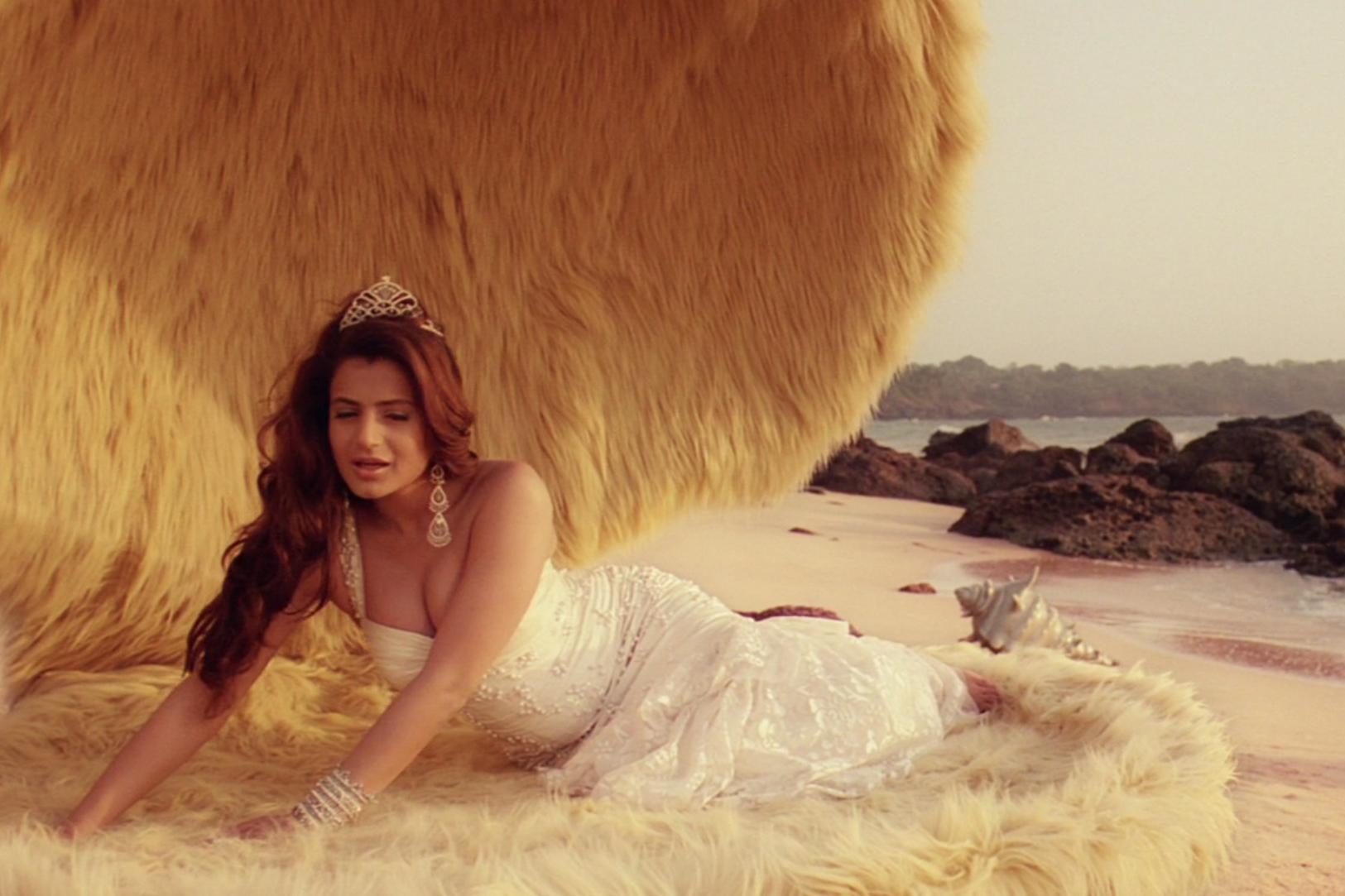
Coming back to a craft of being Indian actor and actress that takes it, with all challenges of mastering dancing, acting (and lip-syncing, which I’m totally serious about). The fandom over each romcom actor and actress grew strongly and bigger than it is possible to imagine. Besides the expected straight love stories and daydreaming romantic girls, many Bollywood stars had (and presumably still has) a big gay following, as Anandam P. Kavoori and Aswin Punathambekar say in their book, especially in what is know for Mumbai area. The idols (as I’m guessing it would be a more accurate term to describe it and compare to a following that Korean and Japanese performers have today) did noticeably build a certain tropes that easily lay from their present-day-set films onto period dramas that hugely succeeded in the box offices globally, attracting audiences beyond South Asian heritage ones (such as Jodhaa Akbar (2008) and Asoka (2001)).

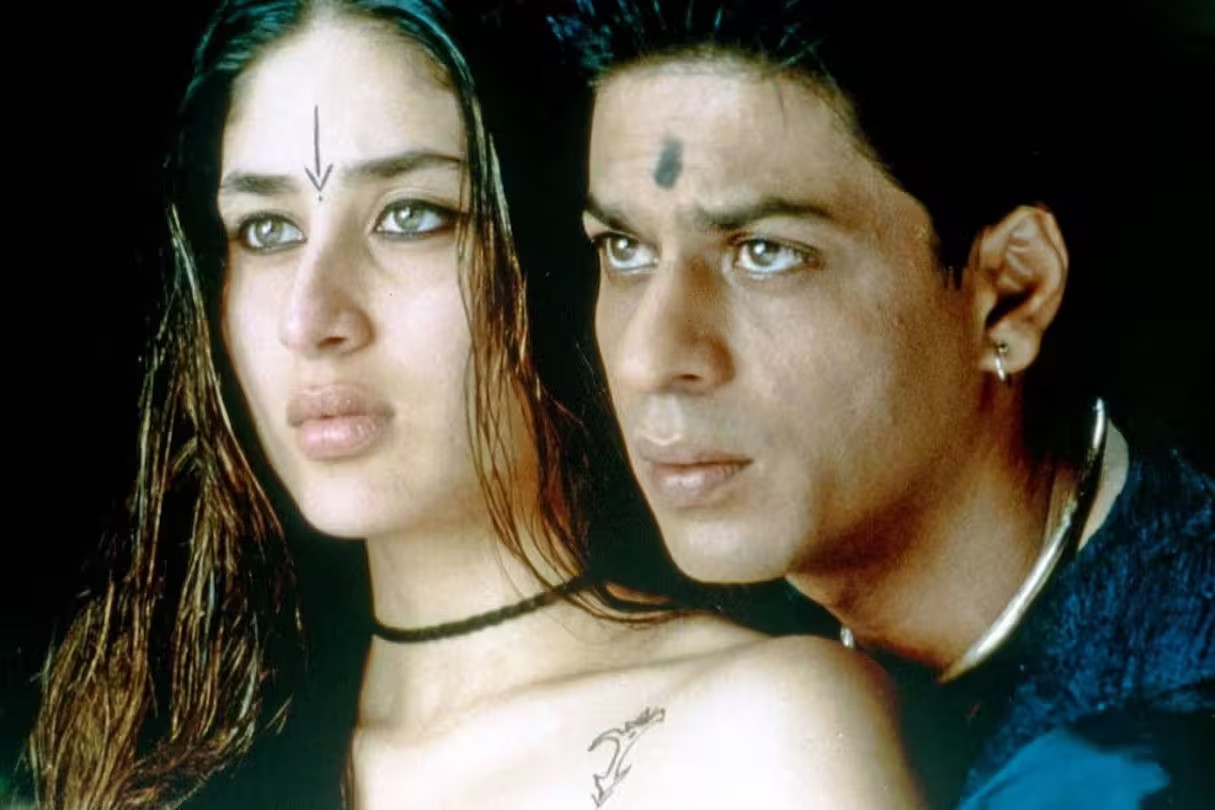
Looping back to Global Bollywood’s quote, it is quite symbolic that one of the last films depicting mechanisms of the 2000s Bollywood film is titled as Dil Dhadkne Do (2015), which translates as let the heart beat. Are Indian romcoms the heart of the Indian films? In his memoir Bollywood State of Mind, Sunny Singh describes his cultural code in ways how a Bollywood filmmaking can be a life experience and his disconnection from his cinephile peers when he moved to live abroad in Western countries, with them seeing Indian cinema only through Satyajit Ray’s films (which are in his perspective sometimes more translate and are known for some European New Wave approaches). I really like both, as a foreigner, but, perhaps, as said by Marc Augé, there is always something lost in translation.

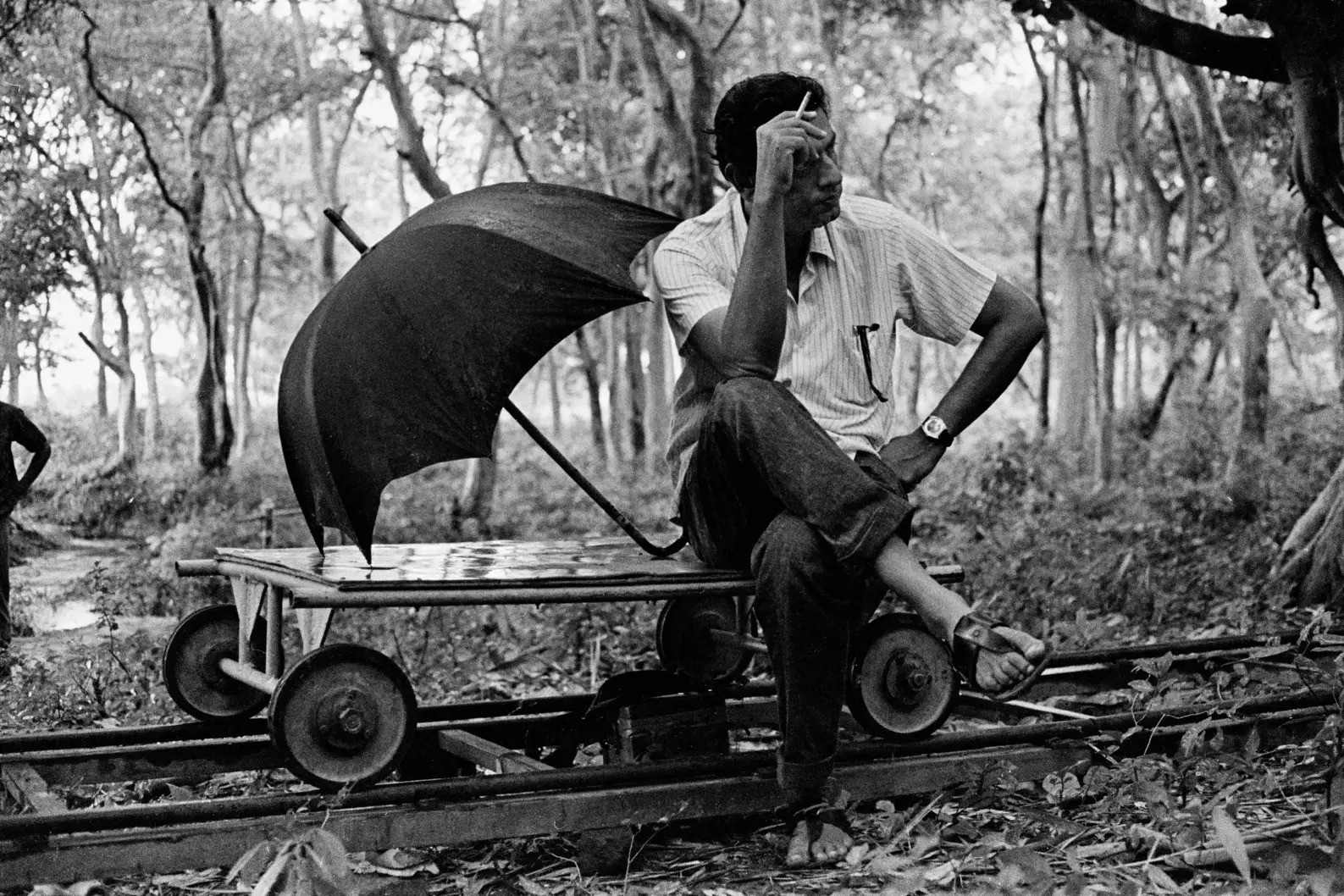


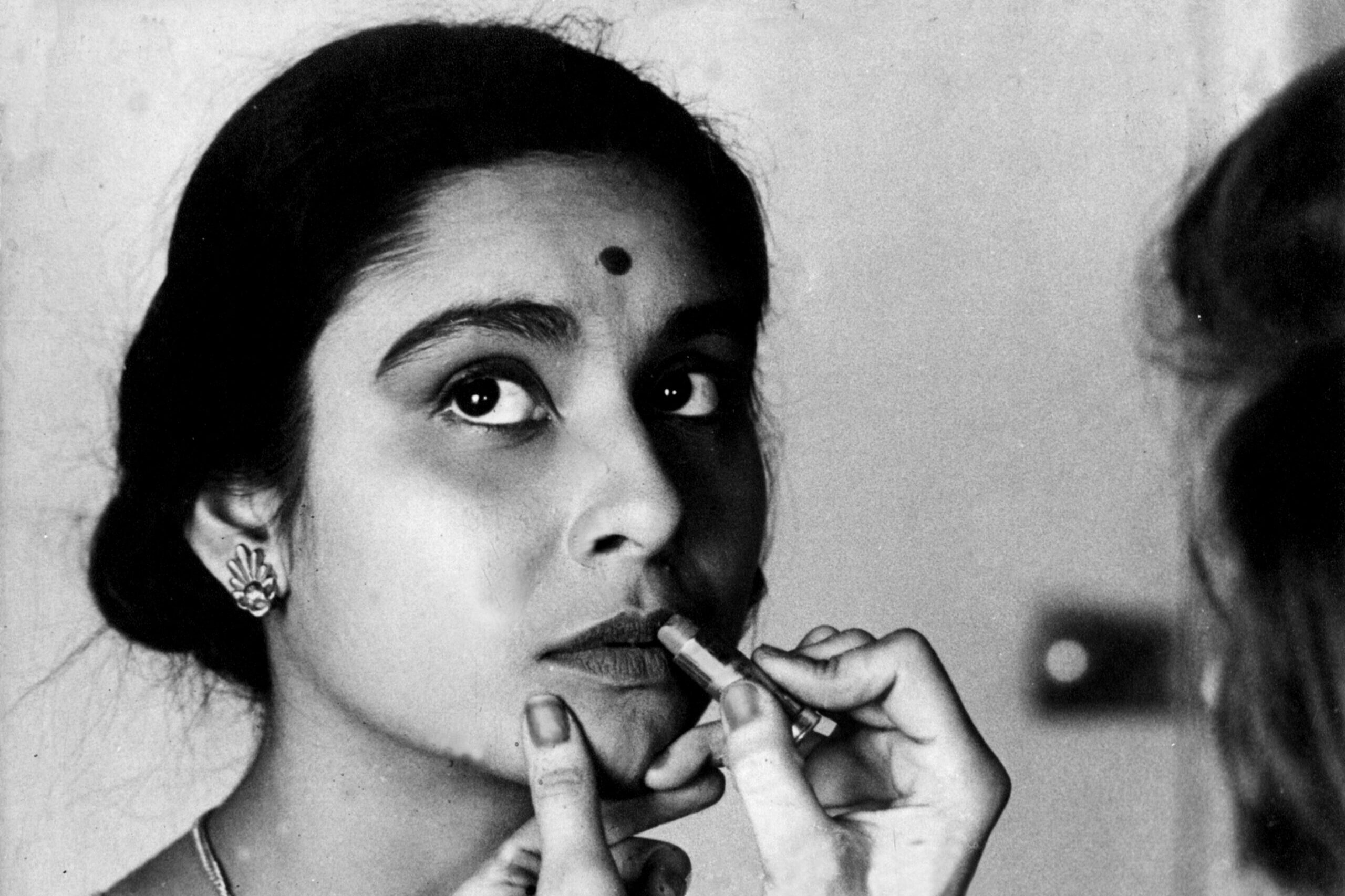
Yours,
5TO9 FC TEAM
